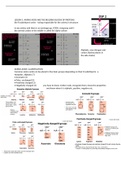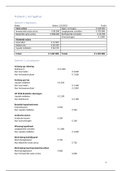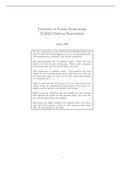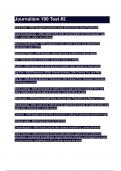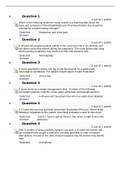Summary
Downstream processing 2 (DSP2) summary COURSE 8
- Course
- Institution
This is a summary of course 8 theory lessons on downstream processing. After learning this summary, I myself got a 7.2 for knowledge test 2 (without rematch)! This is a summary of the course 8 theory lessons on downstream processing. After learning this summary, I myself obtained a 7.2 for knowled...
[Show more]
